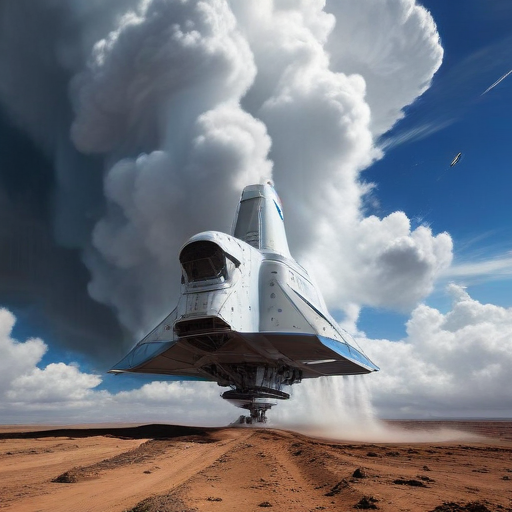The Boeing CST-100 Starliner spacecraft has achieved a significant milestone as ground testing of its thrusters is now complete, offering a glimmer of hope for its anticipated return to Earth. The thrusters have been a focal point of concern since the Starliner has been in orbit since early June, with extensive testing conducted at the White Sands Test Facility in New Mexico.
Boeing and NASA completed the testing with a focus on analyzing thruster performance and understanding the reasons behind the in-flight deselection of some thrusters. This issue arose due to helium leaks in the tanks, which complicated the spacecraft’s operational capabilities prior to and during its launch. Nevertheless, officials have indicated that while the spacecraft possesses 70 hours’ worth of helium, far surpassing its seven-hour requirement, they are not yet prepared for a return.
NASA and Boeing are now engaged in the critical phases of thruster disassembly and inspection, laying the groundwork for readiness reviews that will facilitate the Starliner’s return journey with commander Butch Wilmore and pilot Suni Williams onboard.
With the expected timeline for the Starliner’s return flight initially suggested for the end of this month, there remains optimism as engineers finalize their evaluations and preparations in the coming weeks.
This development reflects the ongoing commitment of both Boeing and NASA to ensure the safety and reliability of the Starliner’s systems, and it highlights the potential for future successful missions in human space exploration. The situation serves as a reminder of the complexities involved in space travel, but it also showcases the resilience and dedication of the teams working on this groundbreaking project.
